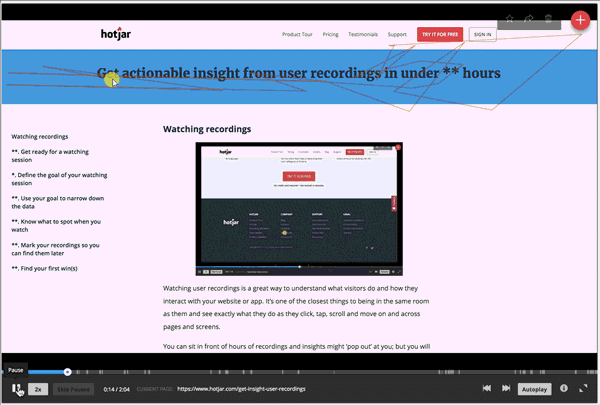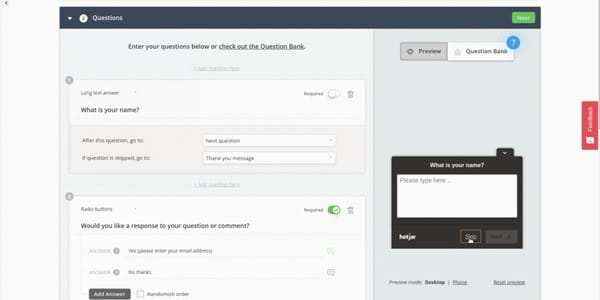3 steps to better user experience
One small step for user data, one giant leap for user experience
User experience (UX) is essential in a competitive marketplace, even more so today, with extra reliance on digital interfaces and services. UX means different things to different people; no commonly used definition is widely accepted.
At Element78, we use UX methodologies with the primary aim to improve customer satisfaction and loyalty. We do this through the efficiency, ease of use, and enjoyment provided in the interaction with a company's product or service. To achieve this, organisations must start adding their customers and users to their strategy and company goals; ultimately, a good user experience design should include the people who interact with your product or service.
How do we start collecting user data?
There are a variety of ways to engage with your users to collect and leverage data. The three steps below are guaranteed to give you more insight into understanding how your website is being used and its users.
STEP 1 - Stop relying on just Google Analytics
Googles Analytics is a great tool, BUT it doesn't tell you the whole story. For example – let's say this month the average user was on your website for 5 mins. Is that because they loved all your content, or because they couldn't find it? It's essential to take the next step in finding out, so we are not basing decisions on the wrong measurements (or the right measurements that have been analysed incorrectly).

We should also avoid concentrating on how many users were on a specific page. Instead, try and understand how users are navigating the page? Which areas of content were engaged with, or were not? Acting on this information is vital to delivering better-performing pages. Using heatmaps, we can see how each page is being used on desktop, tablet and mobile, where the 'hot' areas are most used.
STEP 2 - Watch users using your website
Have you ever watched someone using your website for the first time? When we do, it takes all our presumptions and known familiarities off the table. Do they know that the home page banner slides, or that that funky graphic is what they need to press to get to the best bit of content? Do the menu items labelling make sense? It can be eye-opening, as we often position ourselves as the user, instead of recognising that users come in many shapes and sizes.

Using website recordings of real users on your website provides us with an example of a natural experience, in their natural environment, helping us understand what works (and what doesn't). User recordings are a great way to identify common trends, as well as empathising with your users.
STEP 3 - Ask users for feedback
Giving users an easy and proactive way to leave feedback is essential for any business to improve their product or service. Feedback can come in many forms but should be focussed on experiences the users have with your website, service or product. The input can often guide digital roadmaps to improvements.

Often, it's the most frustrated users that hold the key. Although it's nice to hear everything is excellent, there are always ways to improve user experience. Many users will abandon their visit to a website if their experience is confusing, slow, or they feel they are not getting anywhere. Encouraging users to provide feedback gives valuable qualitative insights to a website's issues.
In summary…
These three steps are a significant first step to understanding how users are experiencing your website. Traditional analytics tools help you analyse traffic data, but numbers alone can't tell you what users are doing on your site – so let's find out. The good news is with just one step; we can help your organisation become more user-centric.
Do you need help with UX?
Element78 has been using market-leading UX software to enable our client's opportunities of increasing customer satisfaction and loyalty by opening effective ways of engaging with their users. Using this software is a cost-effective way of getting customer insights and behavioural data from your website. Please get in touch, if you'd like to discuss how we could do this for you.


